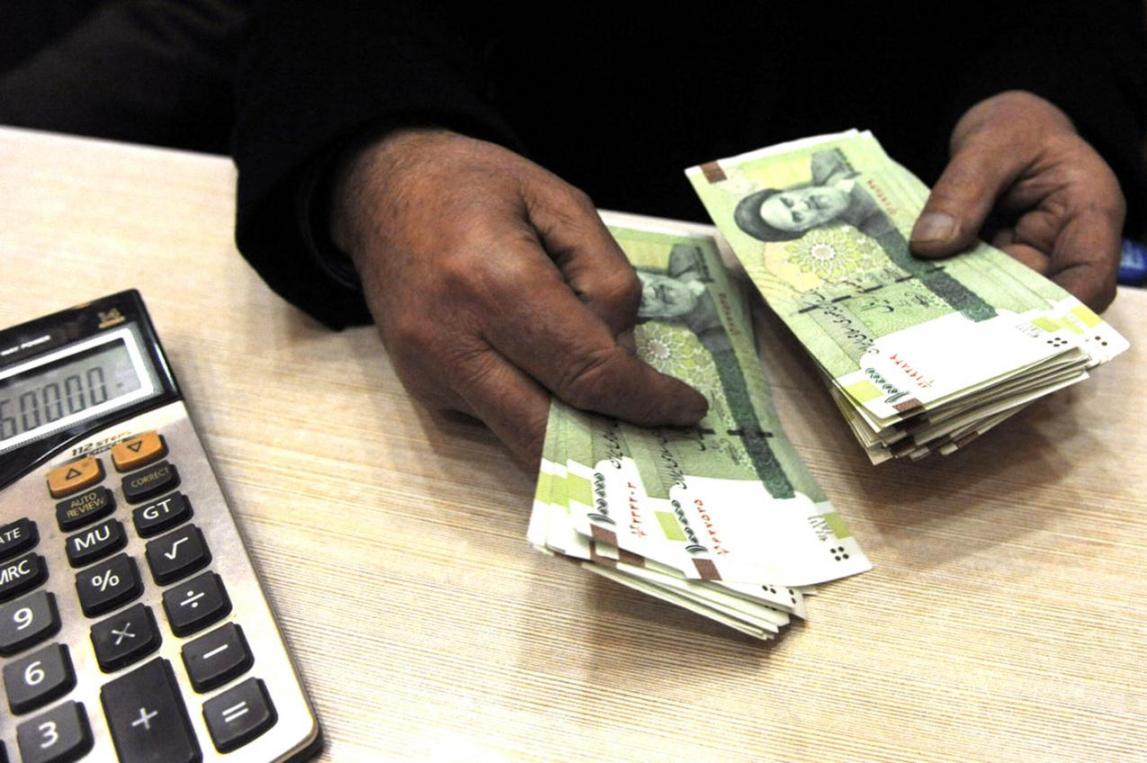The latest economic incentive package unveiled by the government has been in the headlines since it was announced with much fanfare two weeks ago. It is seen by many as a change of course by the administration from strict monetary tightening to tackling recession by stimulating demand. The government’s stated goals are mainly quantitative easing measures such as a cut in banks’ reserve requirement ratio, increasing auto loans and loans for buying home appliances.
For the ambitious scheme to work and for liquidity to move in the right direction, a robust surveillance and monitoring mechanism is essential, a task to be undertaken by Central Bank of Iran’s Department of Banking Supervision Affairs.
In a recent interview with the weekly Tejarat-e-Farda -- a sister publication of the Financial Tribune -- Hamid Tehranfar, vice CBI governor for banking supervision affairs, highlighted CBI plans to oversee and ensure the stimulus package’s proper implementation.
He believes that the stimulus is effective in helping ease recession because inherent in the package is an important shift. “For the first time policymakers have taken on the issue of demand and market stimulus as the backbone for formulating policies and are aiming at triggering growth through market mechanisms.”
The top banking official criticized the long-standing tradition of setting benchmark interest rates by decree, saying it was, to a great extent, responsible for banks’ refusal to play by the rules. He believes that letting the market play its role in setting rates can, and should, work to end unhealthy competition between lenders over interest rates and help instill transparency in the struggling banking sector.
Tehranfar referred to the CBI’s proposal to cut interest rates in the package as the very first instance where rates are going to be set based on market conditions -- a first in Iran’s banking history.
“CBI is trying to enter the inter-bank market and by decreasing the rates in this market, bring down deposit/lending rates indirectly,” he added.
He pointed to some “perils” undermining the banking system. Top among them are the banks’ assets locked in the real estate sector, the high level of non-performing loans, toxic assets in banks’ balance sheets and a noxious race in offering higher deposit rates.
Deflecting Blame
Tehranfar, however, maintains that banks are not to be solely blamed for the seemingly unending list of ills visiting the underperforming banking sector, which has come under strong criticism from experts and officials across the political spectrum. He said the roots of the banking industry misfortunes lie in contradictory, government-imposed rules and regulations.
“Everyone attacks banks as unruly and undisciplined without considering the fact that rates are imposed by official decrees and not the market. Thus banks are left with no choice but to dodge rules and regulations to endure.”
He noted that if a better performance is expected, there is no option but to put in place systematic structural reforms instead of attacking banks for their drawbacks and repeated failure to deliver.
Tehranfar denounced the mounting pressure on banks and lending institutions to pay loans that would weaken their resources, saying it is contributing to their woes.
“For government officials and lawmakers the only thing that matters is whether or not banks have paid their compulsory loans, and if they have abided by the imposed interest rates,” the weekly quoted him as saying.
The issue of uncertified quasi-lenders was another topic that Tehranfar touched upon, warning that the credit institutions operating without permits pose “a great danger to the banking system.” He demanded that the protracted problem “be settled once and for all.”
According to the CBI deputy chief, the regulatory body does not wish to impose a direct form of supervision but rather wants to push its agenda by strengthening the inter-bank market and promoting market mechanisms and realities.


